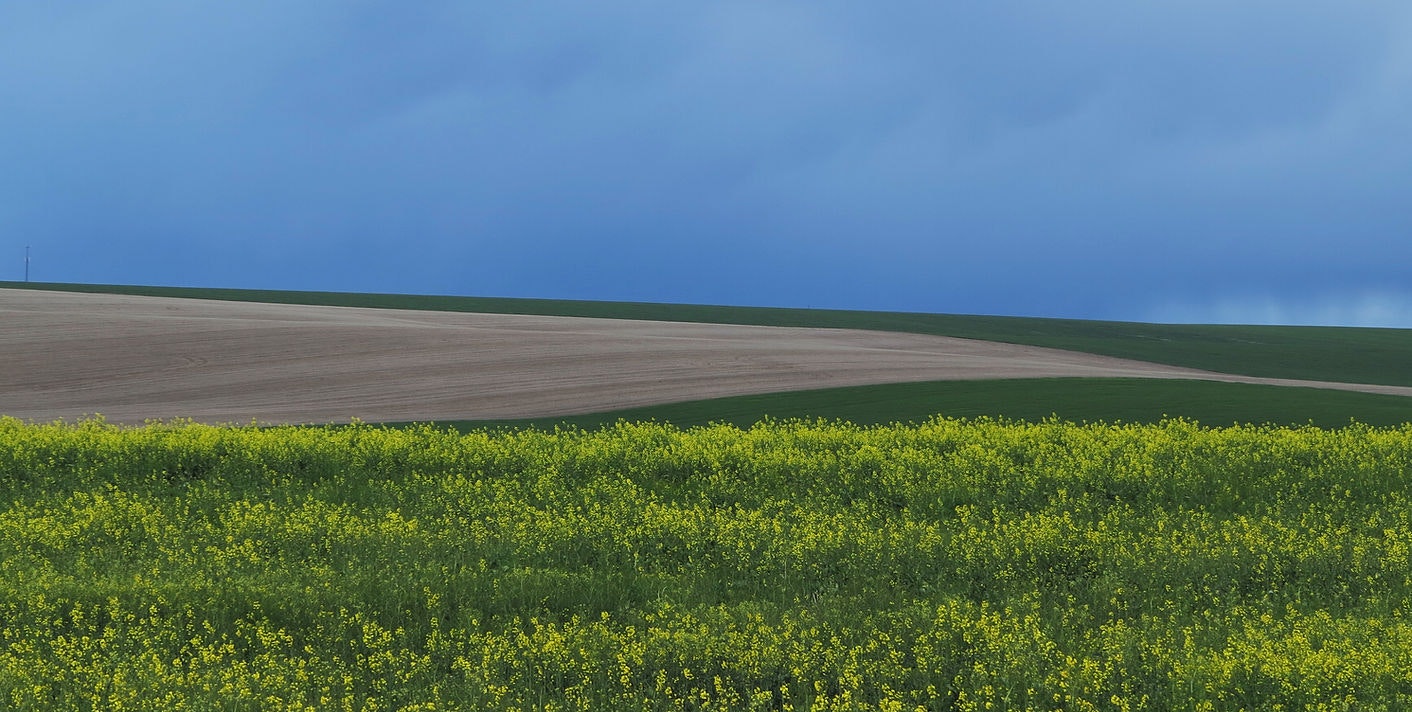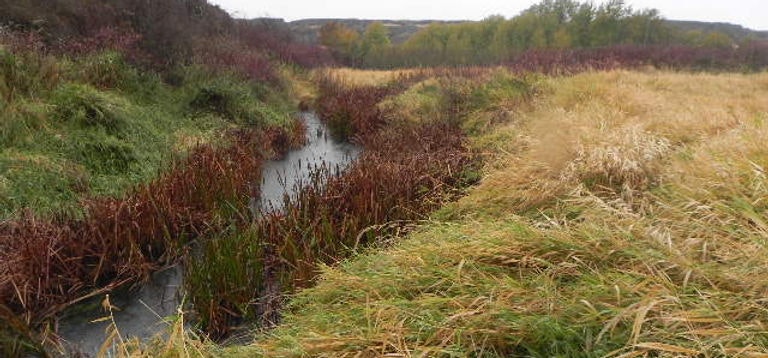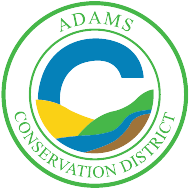Grants & Partnerships
Washington State Conservation Commission Grants
.jpg?ixlib=rb-1.1.0&w=2000&h=2000&fit=max&or=0&s=c8c18479459df42b684f6f2928032c8f)
Assistance is available for implementation of management practices that protect natural resources. There are a variety of best management practices (BMPs) that landowners/producers can implement to help conserve soil and improve soil health, improve water and air quality, enhance wildlife habitat, reduce emissions, and become more energy efficient. If you have a resource concern or are just interested in improving current management practices, please contact us at 509-659-1553.
Direc Seed Grant

Funding may be available for operators looking to try direct seeding for the first time. Operators must rent a direct seed drill or hire someone to seed for them, then submit an invoice to be reimbursed. Costs may be reimbursed at a rate of $28/acre for up to 250 acres per seeding. For more information, please contact us at 509-659-1553.
WRIA 34 Palouse Watershed Regional Conservation Partnership Program

This program provides funding to implement practices such as reduced tillage, cover crops, nutrient management, and riparian buffers. RCPP funding is separate from NRCS’s general EQIP, so operators may apply for both. To sign up for this program give us a call at 509-659-1553.
Take a look at this map of the WRIA 34 area within our district, if your proposed project site is within the light colored area your location qualifies.
WRIA 34 within ACD.pdfEach applicant must establish themselves as a USDA customer and complete all Farm Service Agency (FSA) eligibility requirements. Contact the local FSA/NRCS offices at 659-1761 for eligibility requirements, both offices are located at 506 Weber Avenue in Ritzville.
Voluntary Stewardship Program

The Voluntary Stewardship Program (VSP) is a non-regulatory approach for complying with state requirements to protect critical areas on agricultural lands. Instead of enacting further critical area regulations on agricultural lands, the VSP is a new approach approved and funded by the state legislature that can change the nature of current critical area regulation within Adams County’s agricultural areas. It allows critical areas to be watershed-based, using a collaborative stewardship planning process that relies on incentive-based practices for protecting critical areas, promoting viable agriculture, and encouraging cooperation among diverse stakeholders.
5 Types of Critical Areas: Wetlands, Critical Aquifer Recharge, Frequently Flooded, Geologically Hazardous, and Fish and Wildlife Habitat.
Assistance is available for implementation of management practices that protect natural resources. There are a variety of best management practices (BMPs) that landowners/producers can implement to help conserve soil and improve soil health, improve water and air quality, enhance wildlife habitat, reduce emissions, and become more energy efficient. If you have a resource concern or are just interested in improving current management practices, please contact us at 509-659-1553.
First and foremost, to meet requirements outlined in Growth Management Act that are now required to protect critical wetlands, wildlife habitat, aquifer recharge, geologically erosive and frequently flooded areas. Participating in VSP will allow more local control, more certainty, and less regulations. This will demonstrate the proactive and positive image of agriculture. Adams County has entered into partnership with Columbia Basin Conservation District (CBCD), formerly Grant County CD, to help implement the VSP. The county has 7 years to demonstrate that current levels of stewardship are protecting critical areas. The Conservation District will need your help to make this happen. We have outlined what the GMA would require and the VSP offers producers as a preferred option.
GMA
- Participation is compulsory with mandated requirements from State
- Can conflict between County and landowner’s goals
- Focuses on agricultural land designations
- Neutral position on agricultural viability
- Would adopt a one size fits all approach
- Neutral position on outreach and technical assistance
VSP
- Participation is voluntary
- Created through work plans developed by local stakeholder group
- Fosters a spirit of cooperation and partnership between landowners
- Uses landowner stewardship plans and activities
- Concerned with viability of agriculture
- Uses goals and benchmarks to assess critical area functions
- Ensures technical assistance is provide to agriculture operators
- Recognition of existing conservation practices.
Provide CBCD with your Parcel numbers or map so they can determine if critical areas exist on or in proximity of your farm. Information remains confidential.
Two ways to start your participation, have your Parcel Number(s) available:
- Submit online form at: www.columbiabasincds.org/vspsign-up
or
- Call CBCD at: (509) 765-9618
A VSP Work Group comprised of agriculture, environmental, and other stakeholders, meets occasionally to oversee the VSP Work Plan for Adams County. If you are interested in being part of the Adams County VSP Work Group please fill out the Work Group Application Form and contact: Tim Unruh, Adams County Building and Planning Director, timu@co.adams.wa.us, (509) 488-9441.
CBCD's website at www.columbiabasincds.org/vsp
Adams County's website at
http://www.co.adams.wa.us/departments/building_and_planning/volunteer_stewardship_program.php
